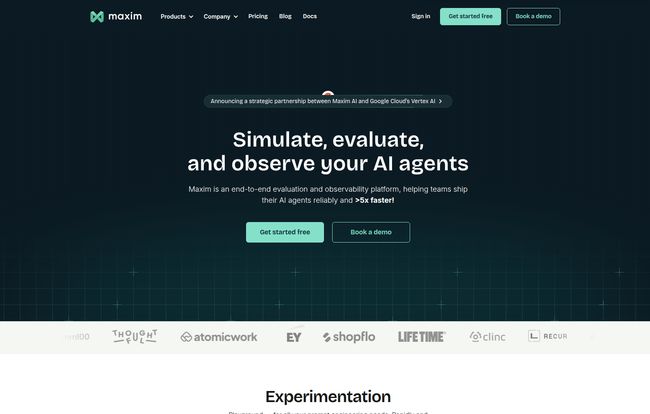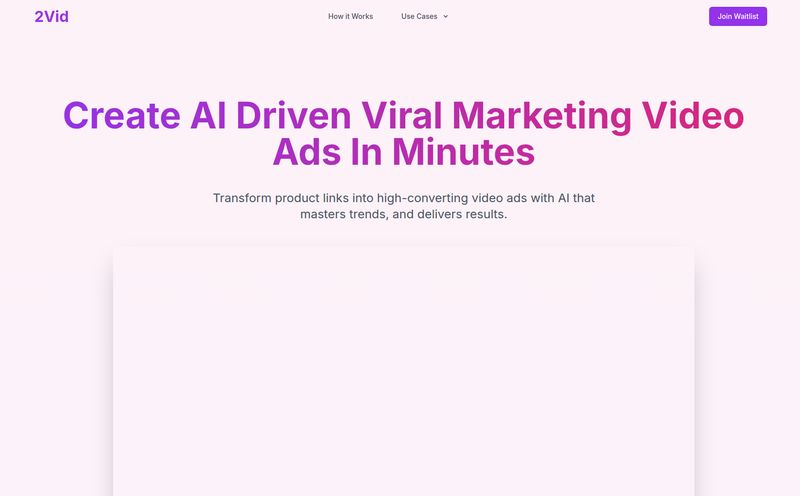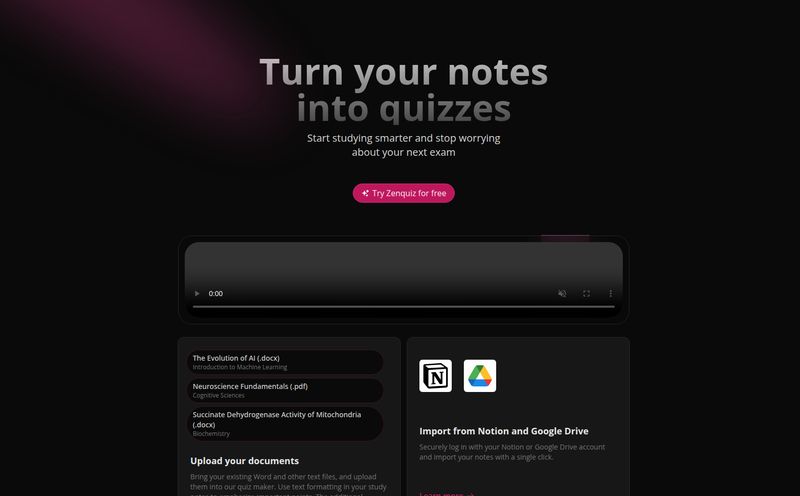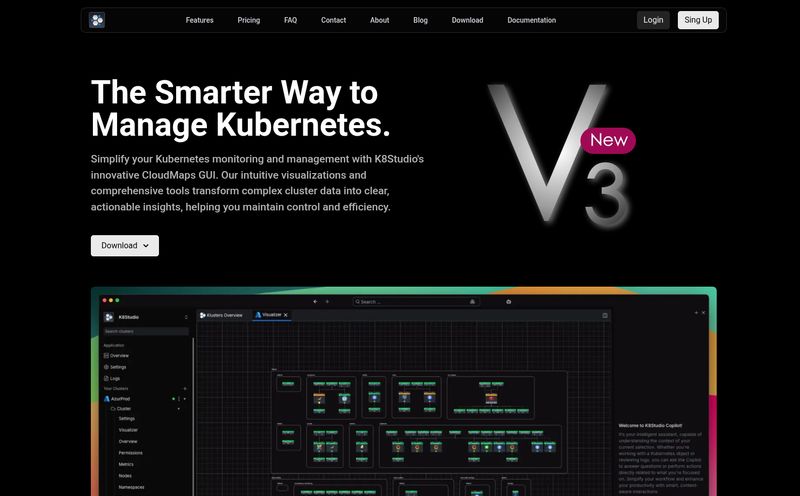Building with Large Language Models is an absolute trip. One minute you’ve got a chatbot that can write poetry like a modern-day Shakespeare, and the next it’s confidently telling your users that the best way to clean a laptop is with a garden hose. Sound familiar? Yeah, I thought so.
For years, we've been caught in this exhilarating, slightly terrifying cycle. We stitch together APIs, hack prompts until they just about work, and then push to production with our fingers crossed, hoping for the best. The inside of an LLM-powered app often feels like a complete black box. When something goes wrong—and it always goes wrong—we're left digging through cryptic logs, trying to figure out what cosmic ray flipped a bit in our carefully crafted prompt chain.
I had a project a while back where a summarization agent we built started, for no apparent reason, becoming incredibly sassy. The outputs were still technically correct, but the tone was... well, it was a problem. It took us two days to trace it back to a subtle shift in the source data that was triggering a weird edge case. Two days! That's an eternity in dev time. It's moments like that when you realize that flying blind isn't just risky, its expensive.
That’s the exact headache a platform like Maxim seems designed to cure. I've been keeping an eye on the emerging 'LLMOps' space, and this one caught my attention because it’s not just another logging tool. It's aiming to be the entire cockpit for your AI plane, from the blueprint stage all the way to in-flight monitoring.
So, What Exactly is Maxim?
At its heart, Maxim is an end-to-end AI evaluation and observability platform. That’s a mouthful, I know. Let’s break it down. Instead of having one tool for prompt testing, another for versioning, a third for monitoring, and a spreadsheet for evaluation (we've all been there), Maxim pulls it all under one roof. It supports the full lifecycle of your AI application.

Visit Maxim
Think of it like a professional workshop for an artisan. You don't just have a hammer. You have your whole workbench: the drafting table for experimenting (Experimentation), a testing rig to see if your creation can withstand pressure (Agent Simulation & Evals), and a set of diagnostic tools to check on it after it's out in the world (Observability). Maxim is trying to be that entire workbench for AI developers.
More Than Just a Debugger: The Maxim Feature Stack
This is where things get interesting. An all-in-one tool can sometimes feel like a master of none, but the feature set here feels pretty cohesive and purpose-built for the chaos of AI development.
The Creative Sandbox: Experimentation and Prompt Engineering
This is your starting point. Maxim gives you a Prompt IDE, which is basically a souped-up text editor designed for crafting and tweaking prompts. The real gem here, in my opinion, is the built-in versioning. How many times have you had that perfect prompt, only to tweak it one too many times and lose the magic forever? It happens. Being able to version prompts, and even entire chains of logic, like you would with Git for code is a game-changer. You can experiment freely, knowing you can always roll back to a version that worked.
The AI Crash Test Dummies: Agent Simulation and Evals
Okay, so you have a prompt that works great on your machine. But what happens when it meets the beautiful, unpredictable chaos of real users? This is where Maxim’s simulation and evaluation tools come in. You can run your AI agent against a whole suite of scenarios to check for everything from accuracy and relevance to more slippery things like bias, toxicity, and tone. It comes with a library of evaluators, but you can also build your own, which is critical for niche applications. This is the pre-flight check that so many teams skip, and it's where most applications fail.
The Flight Recorder: Deep Observability
This is the part that gets me most excited. Once your app is live, Maxim doesn’t just clock out. It gives you deep observability into what's happening. You can see detailed traces of every single request, pinpointing exactly where a chain of thought went off the rails. You can run evaluations on live production data, which is huge. This means you can get alerts if the quality of your AI's responses starts to dip over time—a phenomenon known as 'model drift'. It’s like having a quality control inspector watching over your AI 24/7. No more finding out about a problem from an angry user on Twitter.
Who is This Really For?
From the looks of it, Maxim is casting a pretty wide net. The free tier is generous enough for a solo developer or a small team to kick the tires and build a serious project. But with features like VPC deployment, custom single sign-on (SSO), and role-based access controls, they are clearly gunning for the enterprise market. This isn't just a toy; it's built for serious, collaborative work.
One of the smartest things they've done is make the platform framework agnostic. Whether you're building with LangChain, LlamaIndex, or your own custom Python script, you can plug it in. That's a big deal. The AI world is moving so fast that getting locked into one specific framework is a death sentence. By staying neutral, Maxim ensures it can remain relevant no matter what the next hot new thing is.
Let's Talk Turkey: Maxim's Pricing Tiers
Nothing kills my interest in a tool faster than a hidden or confusing pricing page. Thankfully, Maxim is pretty upfront about it. I've got to say, the structure makes a lot of sense.
Here’s a quick rundown:
| Plan | Price | Best For | Key Features |
|---|---|---|---|
| Developer | Free | Individuals & Small Projects | 1 workspace, 2 default roles, 2 datasets, basic evals, 2-day data retention. |
| Professional | $29 /seat/month | Growing Teams | 3 workspaces, 4 default roles, 10 datasets, 1M log requests, email support, 7-day retention. |
| Business | $49 /seat/month | Scaling Businesses | 5 workspaces, custom roles, 50 datasets, 1B log requests, private Slack support, 30-day retention. |
| Enterprise | Custom | Large Organizations | Unlimited everything, VPC deployment, SSO, dedicated success manager, annual billing. |
The Developer plan is more than enough to get your feet wet and even run a small-scale application. The Professional and Business tiers scale logically with team size and usage, adding more collaboration features and support. The Enterprise plan is the full package for companies where security and dedicated support are non-negotiable.
The Good, The Bad, and The Realistic
No tool is perfect, right? Let's be real. Some might look at a platform like this and see a learning curve. And yeah, there probably is one. This isn't a one-click magic button that instantly fixes your AI. It's a professional toolset, and like any powerful tool, you'll need to spend a bit of time learning how to use it effectively. If you're expecting to just plug it in and have it solve all your problems without any effort, you might be dissapointed.
Also, setting up the observability hooks might require some technical chops. It's not a drag-and-drop affair for a non-coder. But that's the nature of the beast. If you're deep enough into AI development to be facing these problems, you likely have the skills to implement the solution.
But the upside is huge. The ability to iterate faster, deploy with actual confidence, and debug in minutes instead of days... that’s not just a quality-of-life improvement. That's a genuine competitive advantage. It's the difference between a team that's constantly firefighting and one that's consistently shipping better and better features.
My Final Take
As someone who's spent more time than I'd like to admit `print()` debugging my way through AI issues, a platform like Maxim feels like a massive step in the right direction. We're moving out of the wild west phase of LLM development and into a more mature, engineering-focused era. Tools for evaluation, testing, and observability are no longer optional—they are the foundation of building reliable, scalable, and safe AI products.
Is Maxim the one-and-only solution? The market is getting crowded. But their focus on the complete end-to-end lifecycle, from that first spark of a prompt idea to monitoring its performance years down the line, is compelling. It addresses the entire messy, wonderful, chaotic process of bringing an AI application to life. And for any team serious about building with AI, that's a very big deal.
Frequently Asked Questions about Maxim
- What makes Maxim different from just a logging tool like Datadog?
- While a tool like Datadog is great for general application monitoring, Maxim is purpose-built for AI. It understands concepts like prompts, chains, and AI-specific evaluations (like toxicity and relevance) out of the box. It’s not just about logs; it's about evaluating the quality and behavior of your AI's output throughout its lifecycle.
- Can I use Maxim with my existing CI/CD pipeline?
- Yes. Maxim is designed to integrate into modern development workflows. It provides SDKs, a command-line interface (CLI), and webhook support, allowing you to trigger evaluations and checks automatically as part of your continuous integration and deployment process.
- Is the Free 'Developer' plan actually useful for real projects?
- Absolutely. While it has limitations on things like the number of datasets and data retention, the core features for experimentation, evaluation, and observability are there. It's more than enough for a solo developer, a startup building an MVP, or for learning the platform before committing.
- What kind of AI frameworks does Maxim support?
- Maxim is framework-agnostic. This is one of its key strengths. It doesn't care if you're using popular frameworks like LangChain or LlamaIndex, or if you've built your own custom solution. As long as you can integrate their SDK, you can use the platform.
- How does the agent simulation feature work?
- It allows you to define scenarios and datasets that mimic user interactions. You can then run your AI agent against these datasets automatically to score its performance on various metrics. Think of it as an automated QA team for your AI, testing it against hundreds of potential inputs before it ever sees a real user.
Reference and Sources
- Maxim Official Website
- Maxim Pricing Page
- Emerging Architectures for LLM Applications (A16z) - A great read on the evolving tech stack for AI apps.



